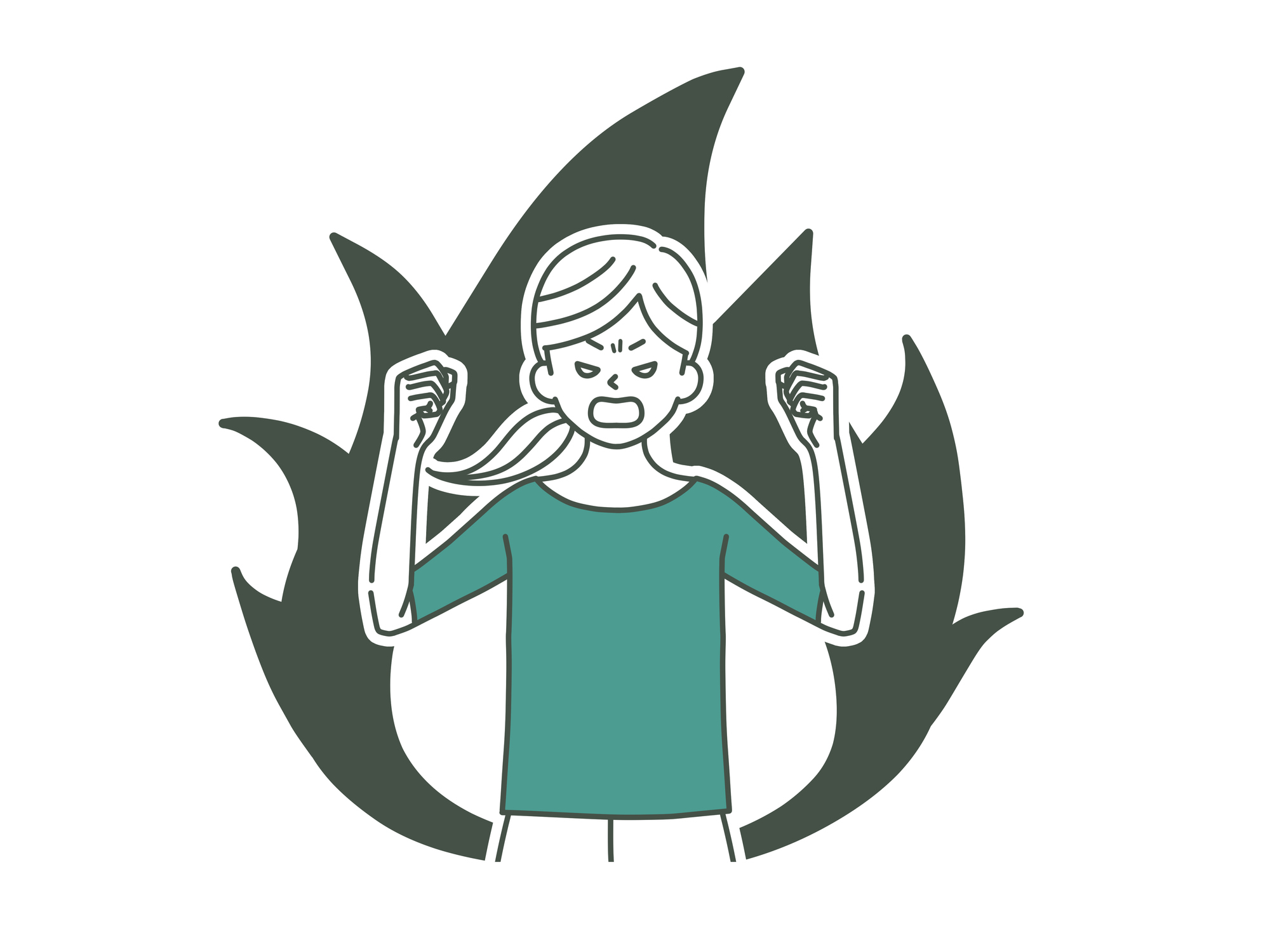For most people, a 90-degree day is ripe with opportunity to go out and enjoy the summer temperatures. However, recent protests by farmworkers and environmental activists called on the governor to declare a “climate emergency” to lower heat rule thresholds and implement new restrictions for when people can work outside.
Washington state’s current heat rule threshold is 89 degrees and requires employers to provide cool drinking water for all employees at all times, access to shade, education regarding cooling down periods, mandated paid 10-minute rest breaks every two hours when the temperature is 89 degrees or above, a communication system between employee and supervisor at all times, close observation of employees for signs of heat-related illness, and training all employees about the heat rules.
Farmworker representatives argue, “The key rule should apply when temperatures reach 75 not 89. Because to everybody in the community, 75 is already hot, but to us in the field, 75 feels like 90 or 100 degrees.” A petition asking for hazard pay when temperatures reach 80 degrees and to be able to go home when temperatures reach 90 degrees was delivered to the governor’s office. In addition to going home at 90 degrees, the petition requests that farmworkers be paid for the remainder of shifts that would have been worked.
What if Washington state were to apply this to all people who worked outdoors? Road construction stopping when temperatures reached above 90 degrees and crews sent home for the day. Home-building brought to a stand-still at 90 degrees until the next day when temperatures had cooled. Ferry workers, longshoremen, wildland firefighters, and all the other categories of people who work outdoors in the summer months, sent home when temperatures reach 90 degrees or hotter. With pay.
Employers must also abide by wildfire smoke rules requiring employees to wear masks if the on-site Air Quality Index is at 69 or above. Employers must also have a hazard communication plan for all employees, written accident prevention plans tailored to each work site, provide wildfire specific training to all employees and supervisors, monitor all employees for wildfire smoke exposure symptoms, and ensure prompt medical treatment can be provided as needed.
These rules for heat and wildfire smoke exposure apply to all people who work outdoors for more than 15 minutes an hour during their shifts with any employer in Washington state.
The claim farmworker representatives that 75 degrees “feels like 90 or 100 degrees” simply doesn’t match reality. The heat rules require all employers to provide a seven-to-14 day “acclimatization period” to help new employees adjust to working conditions outdoors. Additionally, according to the National Oceanic and Atmospheric Administration (NOAA), a 75-degree day, even with a relative humidity of 100 percent, would have a heat index of 77 degrees.
Adjusting heat rules temperatures changes the ability of businesses to function dramatically depending upon the area of the state being looked at. For example, this summer, Bellingham has had a total of 32 days since June 1 that would qualify for the heat rules under the demanded 75-degree trigger, 21 of those days would qualify for “hazard pay” under the demand for an 80-degree threshold.
It is a starkly different story in Pasco, where 88 days would fall under the 75-degree trigger, 80 days would require hazard pay, and 57 days would require employers to send employees home with pay for the day at the 90-degree or above trigger. Meaning, out of a 92-day high summer, 95 percent of the working season in Pasco would be negatively affected by the heat rules. In fact, 61 percent of the working days would include farmworkers being sent home before their shifts ended.






